8+1 must-see churches in the Hungarian countryside

According to szeretlekmagyarorszag.hu, we have several centuries-old Christian churches which were founded by Saint Stephen or other kings from the Árpád Dynasty. Visiting these churches is a very uplifting experience, and a perfect way to learn about Hungarian history.
When King Stephen I took up the Rome centred Christianity, he ordered the respect of religion and the building of churches. Every ten villages had to build one church, and he also determined how to serve the churches. The most famous of our oldest monasteries and churches is the Abbey of Pannonhalma. However, this article features 8+1 smaller but still amazing churches from the Árpád era.
Árpás
This village lies in the Rábaköz (Little Hungarian Plain). It played a very important role in trade during Roman times, because the Amber Road ran along the village. The church was built in the 1200s by the Premonstratensians in honour of Saint Jacob. Nuns lived there for a while, but the monastery became the property of the Clarisses after the Turks had left the country. They were the ones who rebuilt the church in 1751. The architects of the time tried to stick to the fashion and used baroque elements in some places, but the building kept its original shape and massive, characteristic structure.
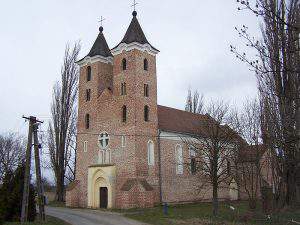
Bélapátfalva
An abbey founded in 1232 and the ruins of the joint monastery is found in a beautiful environment in the Bükk Mountains, in a settlement that lies under the Bél Rock. The towerless, Roman style church was rebuilt and redecorated with gothic elements in the 14th-15th century. (The exterior is reminiscent of Italian churches like the Santa Maria Maggiore or the Santa Chiara Basilica.) The main ornaments are definitely the rose-window on the main façade, the grey-red brick rows at the entrance and the portal.
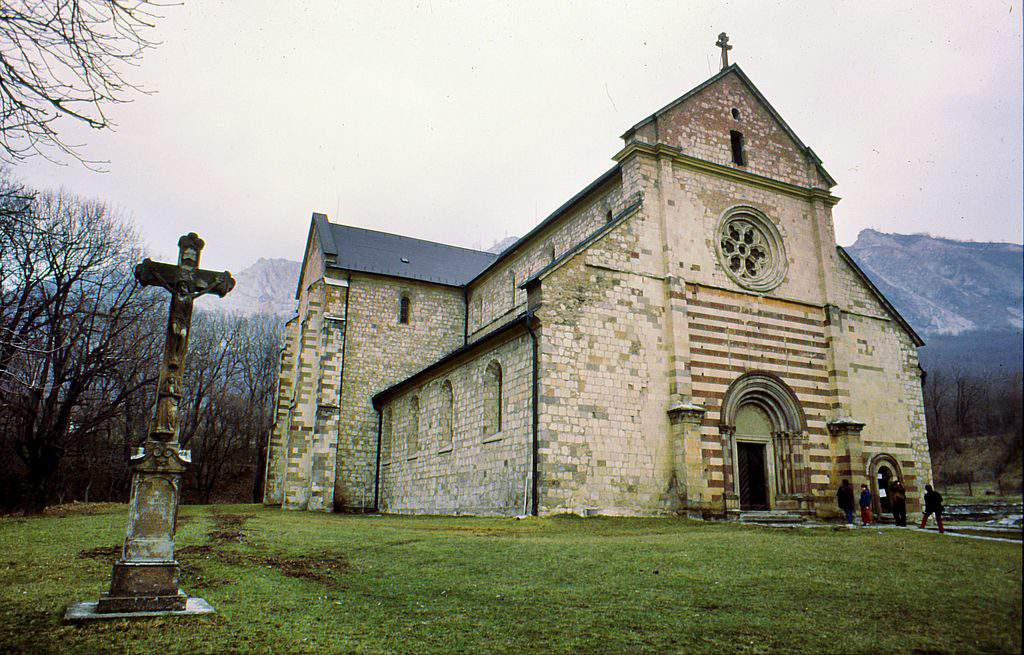
Bodrogolaszi
A church with a round-arched apse was built on a hill in the 12th century. Its hole windows justify that besides the religious function, the church was also of strategic importance. The church was originally designated for the Walloons, immigrants occupied with vine-culture in the Tokaj-Hegyalja region. The church was reconstructed several times: in the end of the 18th century, in the second half of the 19th century and the end of the 1970s. The latter was the biggest reconstruction, when the building gained its finals shape.
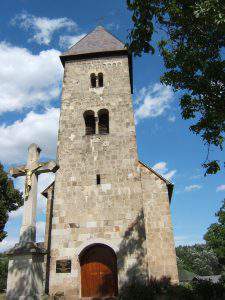
Csaroda
A village in the Tiszahát welcomes visitors with an exciting, slender church, which was built by the members of the Káta clan in the 13th century. Compared to the other churches from the Árpád era, it is outstandingly gracious and slender. Its interior is decorated with wall paintings, frescos of saints: Apostles Cosmas and Damian, Peter, Paul and John, Saint Anna, and Virgin Mary with Jesus. The paintings were found during an excavation in the 20th century, because Calvinists plastered and repainted the walls during the Reformation.
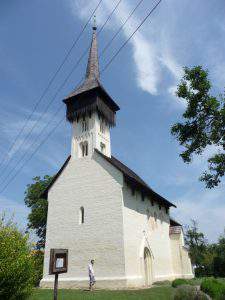
Csengersima
The church is found in a breath-taking spot: at the coast of River Szamos’s backwater. It was probably built in the first decades of the 13th century. It is a one-nave, small building, which has a neat façade ornated with a tower. It was almost fully demolished in the 1700s at the time of the Rákóczi war of independence, when the Tatars broke into the village and set the church on fire. It was rebuilt between 1729 and 1734, but its condition worsened quite badly so it had to be rebuilt once more. Its main sight is probably the beautiful baroque style boarded wooden ceiling, which was made in the 1760s.

Ják
One of the most famous medieval Hungarian churches is found near Szombathely in an outstandingly great condition. It was built in the 13th century in honour of Saint George, but it was later reconstructed and restored. The beautiful building is mostly known for its portal. But its richly embellished exterior and clear-out inner space also attract many visitors. The decorations depicting animals and humans are rarities, because most of these motives were knocked down by Muslim conquerors in the Turkish times. Somehow, the Church of Ják survived the hardships of history.

Öskü
The church reminiscent of a mushroom ends in a so-called “big-pileated” cupola. It was built on a Roman watchtower in the 11th century, hence the oval layout. It is one of the few Hungarian round churches. Its top was probably tapered originally, but the cupola was redesigned in the baroque era. The unique church was restored in the 1970s.

Sóly
It is believed that the Calvinist Church of Sóly could be one of the oldest Hungarian village churches that are still standing. This was where King Stephen I signed the foundation document of the Veszprém Diocese, which makes the chapel of Sóly the only Hungarian church that is proven to be connected to Saint Stephen. During an excavation in 2009, medieval skeletons were found under the platform.
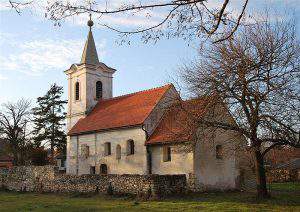
Salföld
The ruins of a medieval monastery that belonged to the Order of Saint Paul the First Hermit are found near the village of Sal in the Balaton Uplands. It was founded by the Sal family of Kőkút in honour of Saint Mary Magdalene. The monks of the order arrived to the already existing chapel, which they later expanded according to their needs. The rebuilt church reflected the characteristics of the order’s architectural style. The monastery probably became the victim of a Turkish military campaign in 1554.
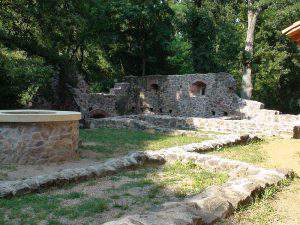
https://www.youtube.com/watch?v=jPnAXUuXZjM
Featured image: Wiki Commons By Takkk
Ce: bm
Source: http://www.szeretlekmagyarorszag.hu/





